Article by Sigrie Kendrick and Mark Godlewski
This is the second in a pair of blog articles discussing appropriate hedge choices for the Okanagan. This article will address non-native options.
European Privet (Ligustrum vulgare) is a good candidate for a hedge in our valley. It has been used extensively in the UK since Victorian times. Given its’ frequent use in rainy Britain people often do not realize that it is actually very drought tolerant. Privet is a fast-growing hedge that can reach up to 12 feet high with a spread of 10 feet. It takes pruning very well so it can be kept to a much smaller size. How frequently it needs to be pruned depends on whether you are looking for a traditional clipped hedge or a more casual natural look. The clipped hedge will likely require two or more clippings per year. Once established, Privet will require supplementary irrigation only in the hottest Okanagan summer months.
Fig. 1 – European Privet (Ligustrum vulgare), Mark Godlewski
Mugo pines (Pinus mugo) can make an excellent evergreen hedge. There are many cultivars of Mugo pine available, from dwarf to those which can reach a height and spread of 15 feet or more. The cultivar ‘ Columnaris’ slowly reaches a height of 10 feet, spreading 3-4 feet and as such it is perfectly suited for use as a drought-tolerant hedge. It can be successfully grown in an area of full to part-sun and once established will only require minimal water. Pinus mugo ‘Columnaris’ has finely textured foliage and produces small ornamental cones. It is not bothered by deer.
Amur maple, (Acer ginnala), is another option for a large hedge. It is really a small tree, but it can be pruned to a large multi-stemmed shrub suitable for use as a hedge in full sun or part sun, reaching up to 20 feet. Amur maples feature early-season yellowish-green flowers followed by red-winged samaras. The glossy, green-lobed leaves of Amur maples turn shades of yellow, red, and purple as the days cool in the Autumn.
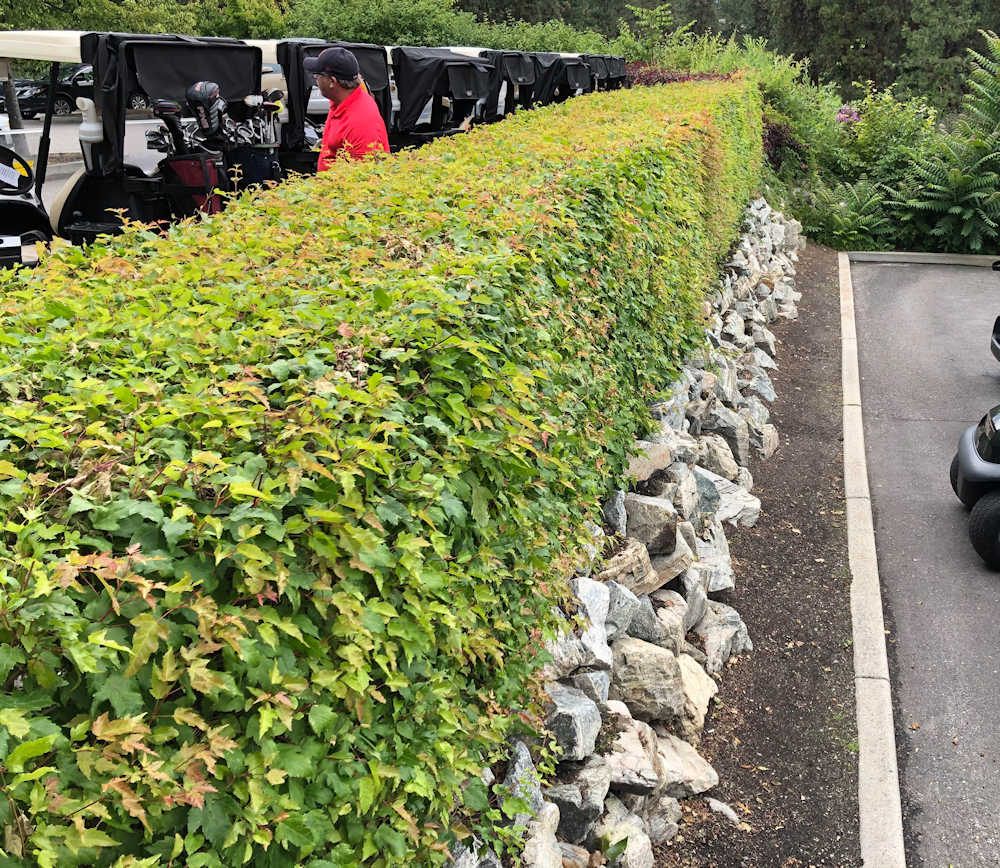
Fig. 2 – Amur maple (Acer ginnala), Mark Godlewski
Hedge Cotoneaster (Cotoneaster lucidus) should also be considered, especially for smaller spaces. Native to Siberia and China, Cotoneaster lucidus is well adapted to the cold Okanagan winter and can eventually grow to 8 ft in both width and height. However, it responds very well to pruning, and can easily be kept to less than half of this maximum. The plant has small pink spring flowers transitioning to black fruit in the fall. It features stunning fall foliage in shades of orange and red. Flowering is best in full sun but Cotoneaster lucidus will tolerate partial shade, poor soil, and windy locations.
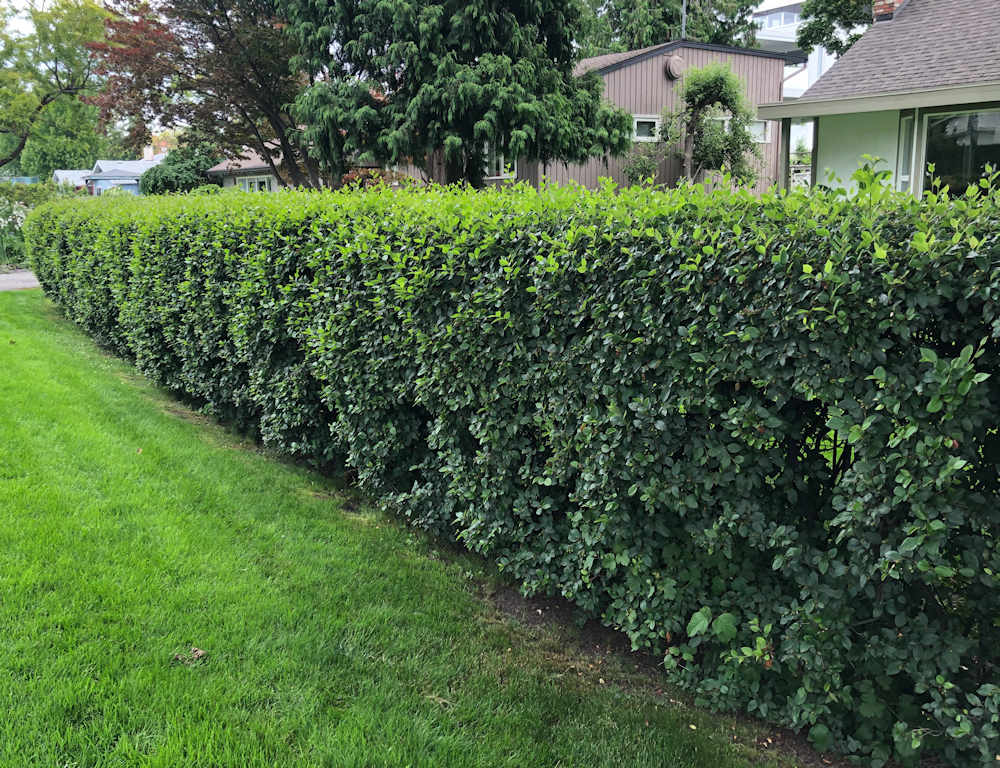
Fig. 3 – Cotoneaster lucidis, Mark Godlewski
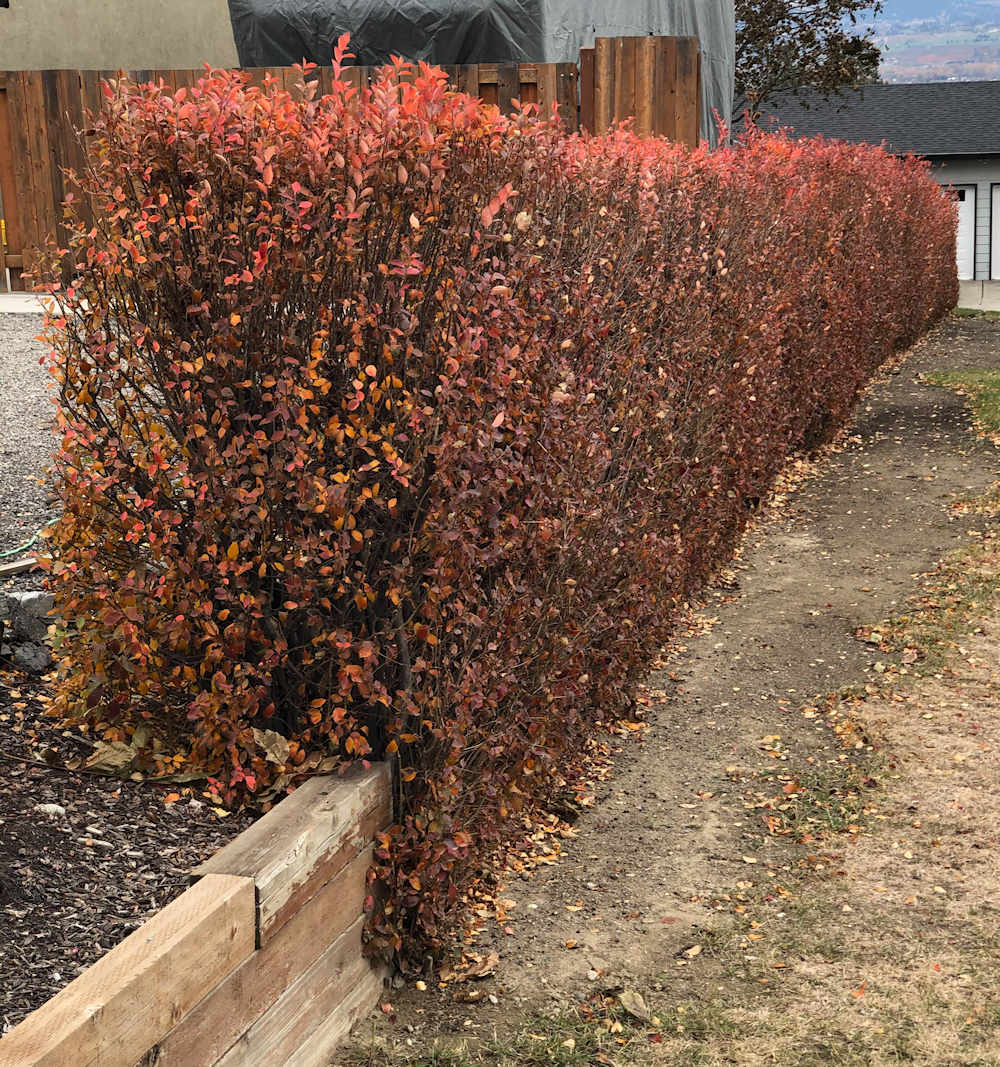
Fig. 4 – Cotoneaster lucidis late fall, Mark Godlewski
Japanese Barberry (Berberis thunbergii) can make an admirably attractive hedge if you are content with its natural dimensions of 6 feet by 6 feet. It certainly discourages through traffic with its thorns. There are several shorter varieties if you are looking for a shorter hedge. Barberry hedges are often best pruned only occasionally which is a relief because it can be a painful experience.
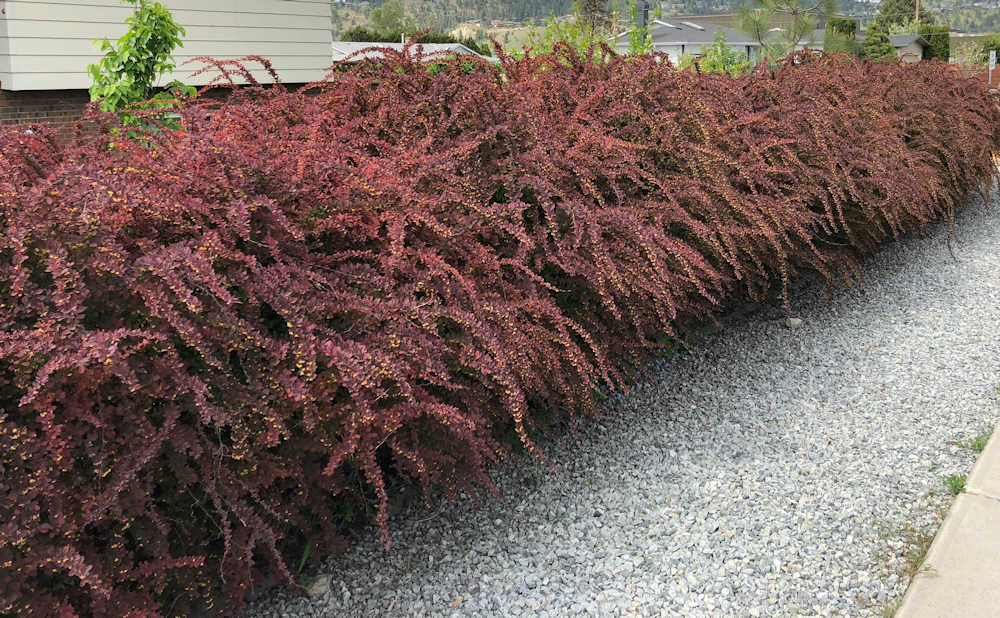
Fig. 5 – Japanese Barberry (Berberis thunbergii), Mark Godlewski
Dwarf Burning Bush (Euonymus alatus ‘compactus’) and Golden Currant (Ribes aureum) are two other deciduous shrubs that can make excellent hedges. You can look up their attributes on the OXA Plant Database.
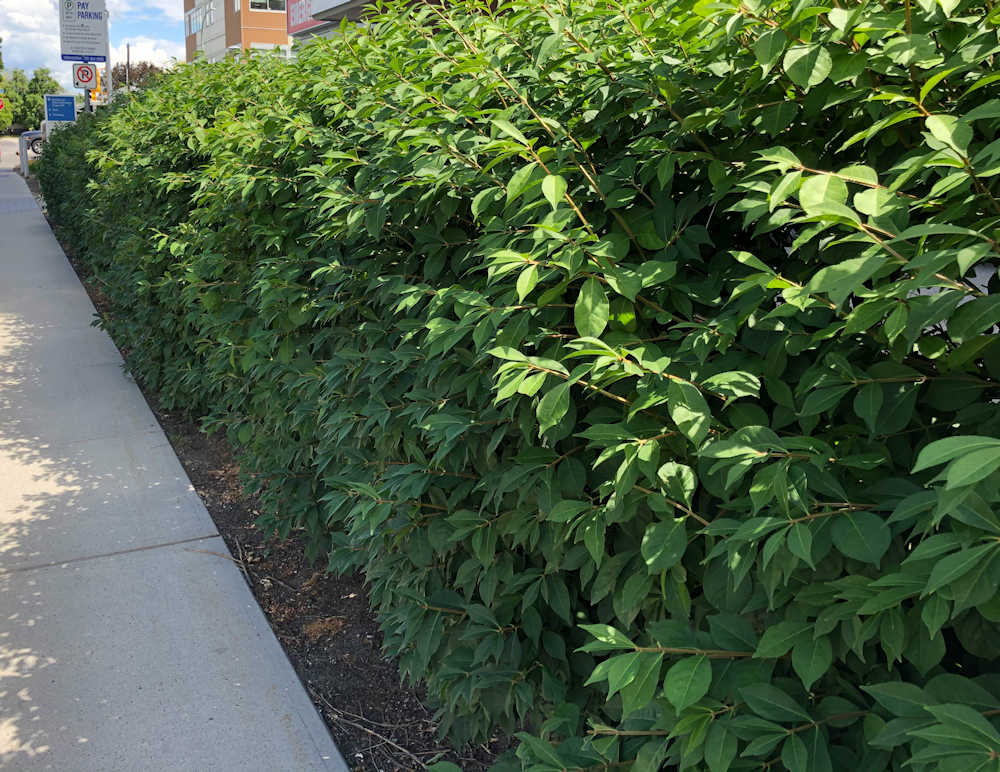
Fig. 6 – Burning Bush (Euonymus alatus) above and Golden Currant (Ribes aureum) on right, Mark Godlewski
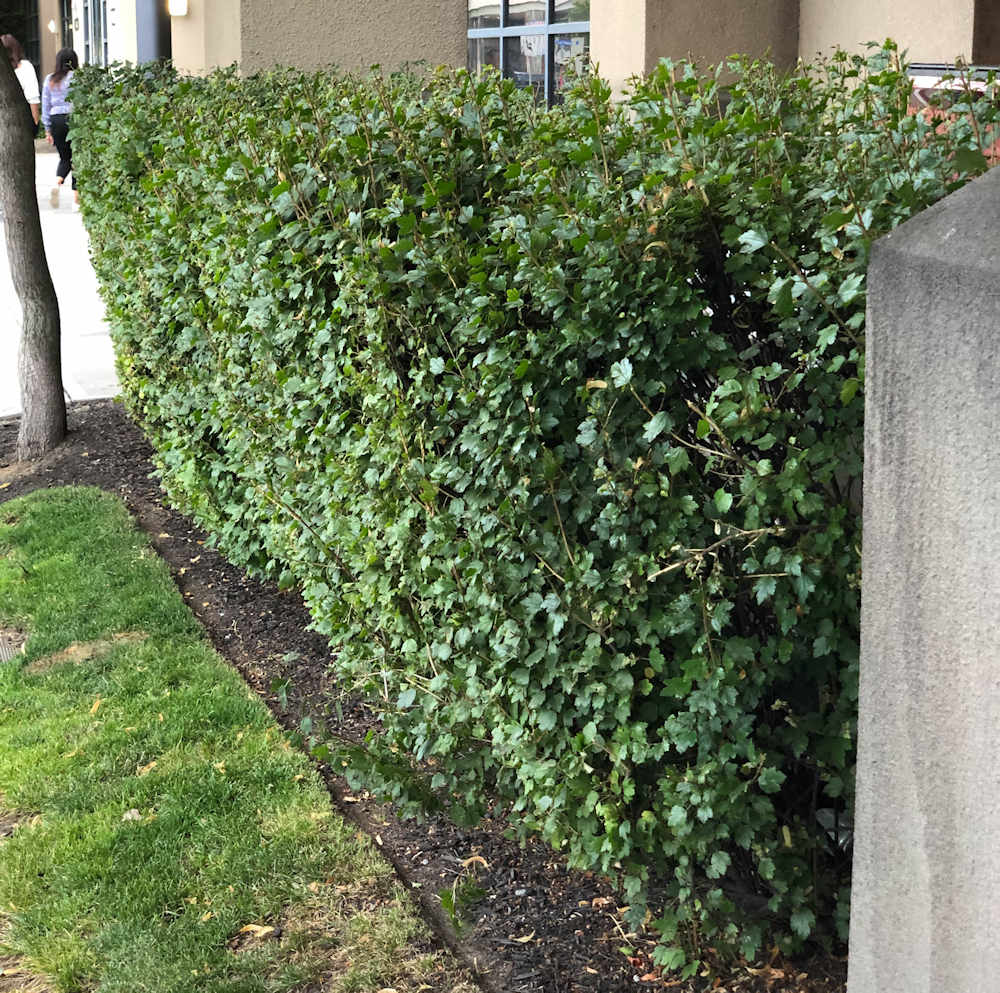
Or, if you are looking for a more modern-looking line of plants to delineate your property, why not consider a grouping of one of the many ornamental grasses on the market? A favorite is Andropogon gerardii or Big Bluestem. This is a warm season grass, meaning it will not offer you early-season privacy, but by midsummer the foliage will reach 5 feet and the attractive late season flowers extend another 2 feet on top of this. The foliage that starts out bluey-green, and transitions through the season to end with russet tones. If you want a grass that starts out early in the spring, you should consider Panicum virgatum ‘Heavy Metal’. Most ornamental grasses are not bothered by deer and their extensive root systems makes them good candidates for erosion control on many of our sloped Okanagan properties.
Whatever you choose to plant it is important to have a definite long-term strategy for pruning. The strategy will depend on the type of plant you are using and the maximum dimensions you want. Many homeowners plant and forget – until it is too late. All hedges need to be pruned regularly and some, conifers especially, respond very badly to heavy deep pruning. Some other hedges (e.g., Privet, Amur maple, Golden Currant) are prone to getting leggy if they are not pruned heavily sometime around their third year of growth after transplant. Hard pruning should be done in the late winter or early spring.


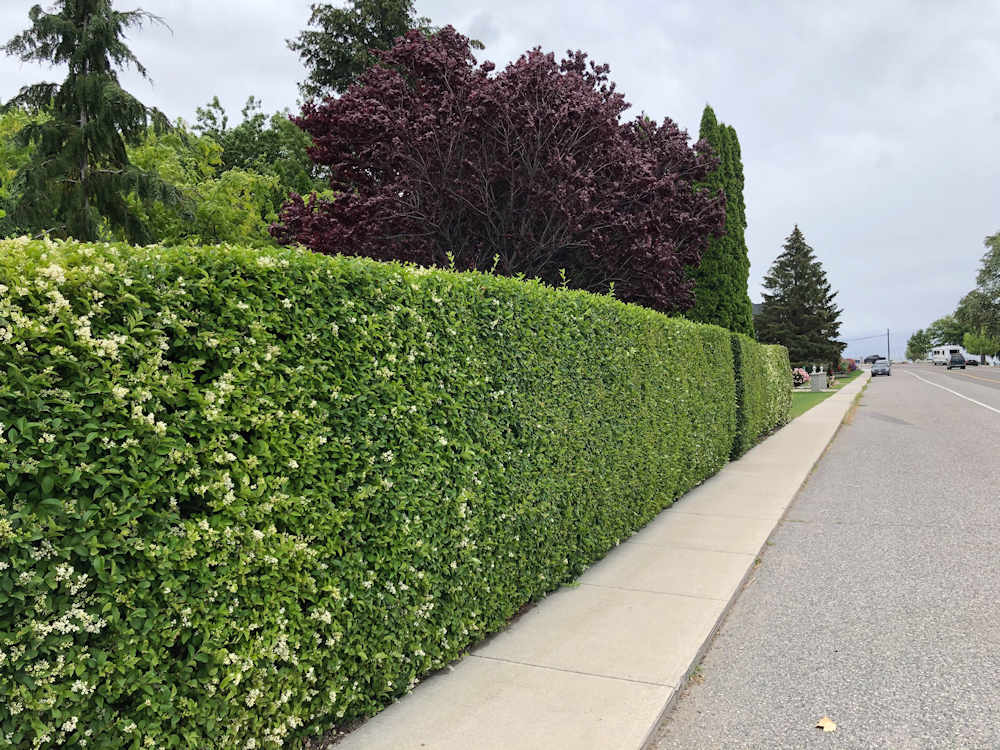
Thanks for this. I have a lot of 1/2 dead cedars to replace. There are some nice options here
I forgot to ask about hedges the deers won’t eat?
Deer resistance is a tricky subject. In the end it depends largely on how hungry the deer are and the individual tastes of the deer. I can give you some general guidelines, however. All of the hedge candidates that we have mentioned in the two articles will be more deer resistant than a cedar hedge. Barberry and Oregon Grape will be the most resistant. The rest have a moderate deer resistance with the Burning Bush and Rocky Mountain Juniper being slightly more susceptible to damage. I hope that this helps.
Thank you, helpful information, addresses all my questions.
What are your thoughts on boxwood, is it a less desirable choice for the dry Okanagan climate? it was recommended to me by a Master Gardener but I don’t see it in this list. Ideally I’d like to replace my cedars with a dense privacy hedge that requires zero watering. I had also considered caragana, as I have seen that commonly used in the prairies so I figured it would be drought friendly.
We have just added boxwood to the plant database. It is not as drought resistant as caragana but it is a lot better than cedar. It is relatively slow growing, however.
Thanks for your quick reply, Mark! I will take a deeper look at your list of suggestions above, I basically killed our cedar hedges because I can’t justify wasting water on a shrub so poorly suited to our climate! 🙂